From tiny pigs made of marzipan as a token of luck to swimming in the new year. Different countries have different traditions to start off the new year.
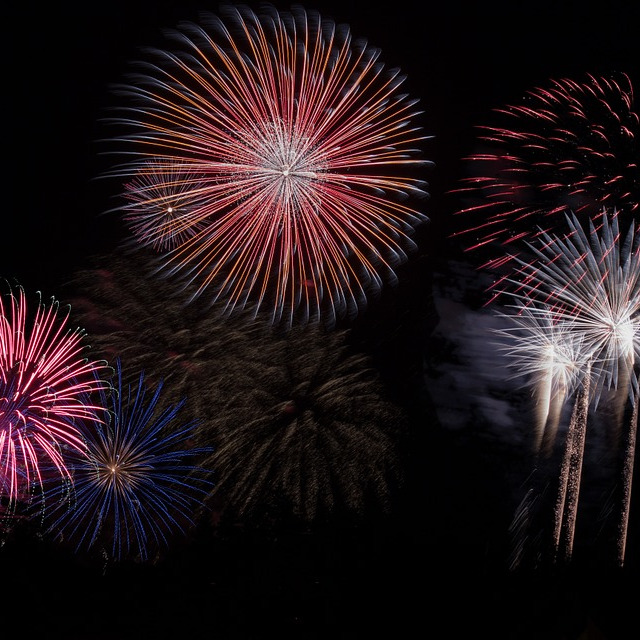
In Germany, most of the traditions are meant to predict the future and bring luck in the new year. It is customary to light fireworks, torches and candles at midnight. These were originally meant to scare off evil spirits and bring good things. Today, it's more for the fun of seeing the sky lit up in colors. Another typical custom is pouring lead. Small pieces of lead are melted over a flame and, once liquid, poured into a bowl of water. The shapes that form are then interpreted into different shapes, which are believed to predict what the future holds. Small pigs, chimney sweeps or four-leafed clovers, often made of marzipan, are given as gifts to bring luck in the new year.
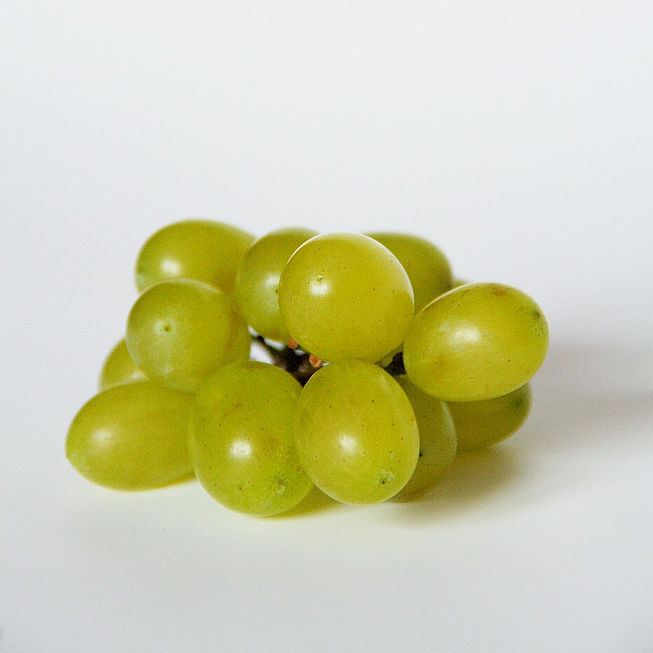
The customs in Spain are also meant to bring luck in the new year. A popular tradition is eating grapes at midnight. One grape is eaten each time the bell tolls - don't lose count, as this is bad luck. In all, the bell tolls 12 times. The supermarkets and street vendors therefore sell little plastic bags of 12 grapes.

Pouring lead is also a tradition for looking into the future in the Czech Republic. The custom of cutting an apple in half and reading one's fate from the shape of the core is even older. If the seeds form a cross, bad things are coming; stars represent luck. A dish with lentils is often served at midnight - this will lead to financial success. Since lentils have a similar shape as coins, they are believed to bring good fortune.
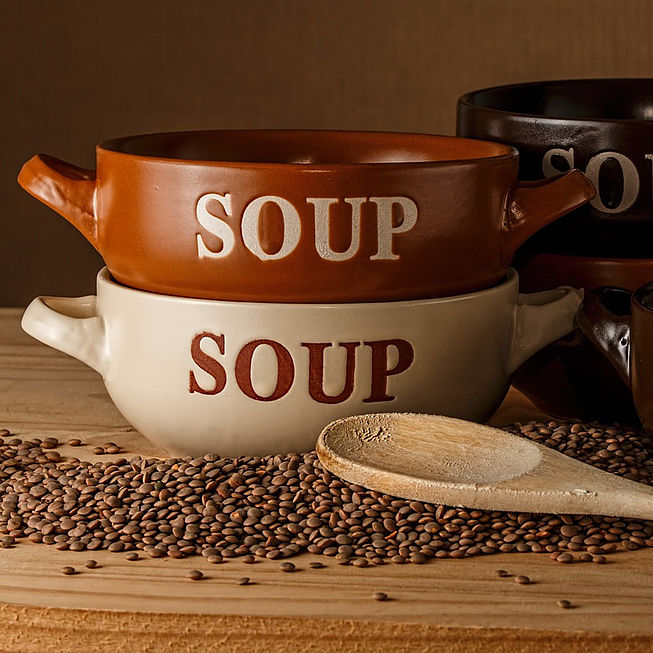
In the southern USA in particular, it is also customary to serve lentils or lentil soup. Another tradition is the idea of "nothing goes out." The rule is that nothing may leave the house on New Year's Eve - not even a bag of trash. Anyone who breaks that rule will have bad luck in the new year, according to superstitions.
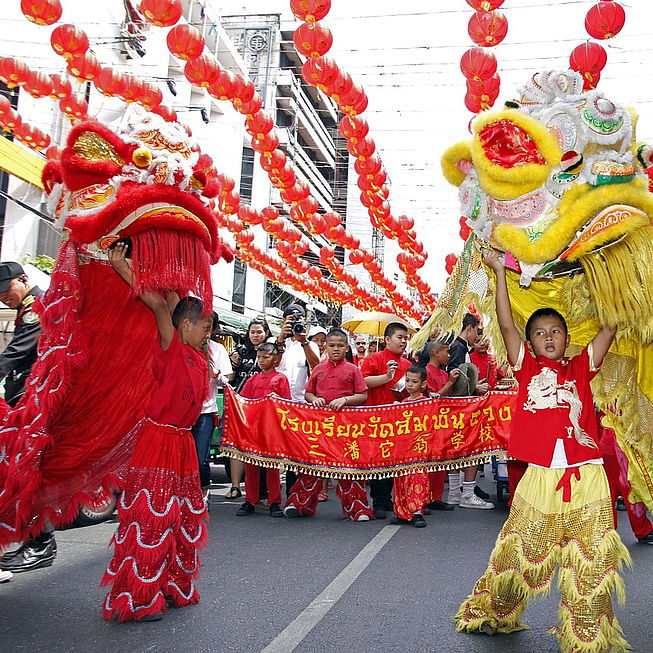
People in China usually spend a quiet New Year's Eve having dinner with friends and family. No fireworks today. The big celebrations come for Chinese New Year, which follows the traditional lunar calendar. China practically comes to a standstill for at least a week then - with lots of dancing and celebrating.
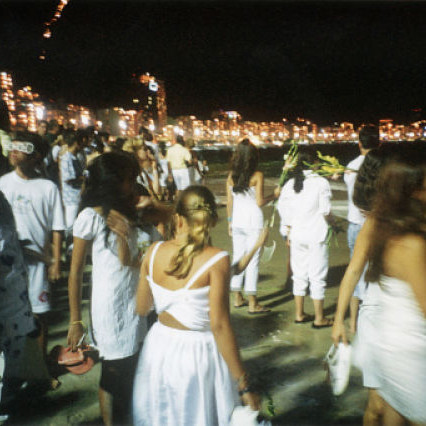
In Brazil, it is customary to wear white clothes on New Year's Eve. Underwear, however, should be colorful and, ideally, new. The colors are very important: Yellow represents wealth, white is for peace, pink for love and red for passion. Another part of this tradition is to meet at midnight at the beach and to jump over seven waves in one's white clothes. With each wave, a wish is made for the coming year. It is also customary to throw flowers in the ocean for the ocean goddess. Another tradition calls for eating one grape at every tolling of the bell at midnight and making a wish with each grape. It is believed to be good for one's love life to wrap seven grape seeds in paper and to keep these. If someone gives you a laurel leaf, be sure to keep it in your wallet in the new year and you will be blessed with money.
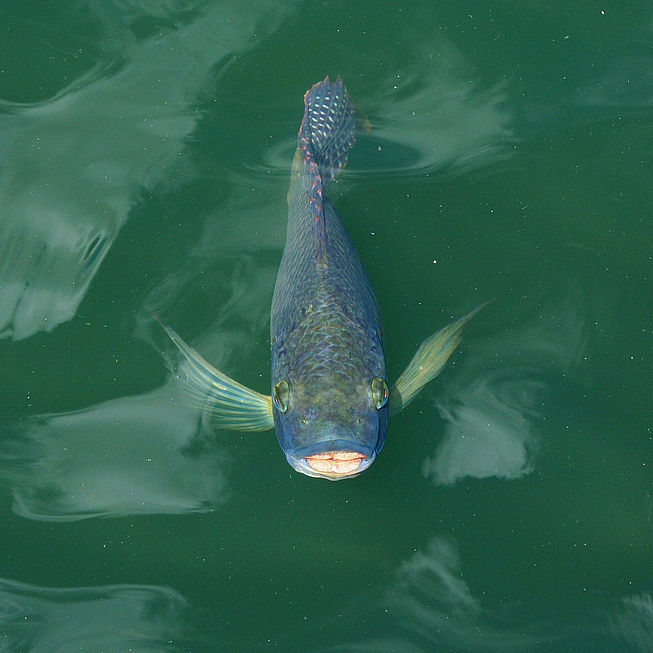
New Year's celebrations in Vietnam are similar to those in China. The Vietnamese also believe that a god lives in their house. This god is believed to fly to heaven on a carp to report on whether the people in the house have been good or bad. This will determine whether they will have good or bad luck in the new year. Because of this, the Vietnamese purchase a living carp on New Year's Eve, which they let swim so that the god can ride it to the heavens.

You really need to be tough to celebrate New Year's Eve in Canada. Here it is tradition to jump headfirst into cold water. The Polar Bear Plunge is thought to make you strong and bring good health in the new year.